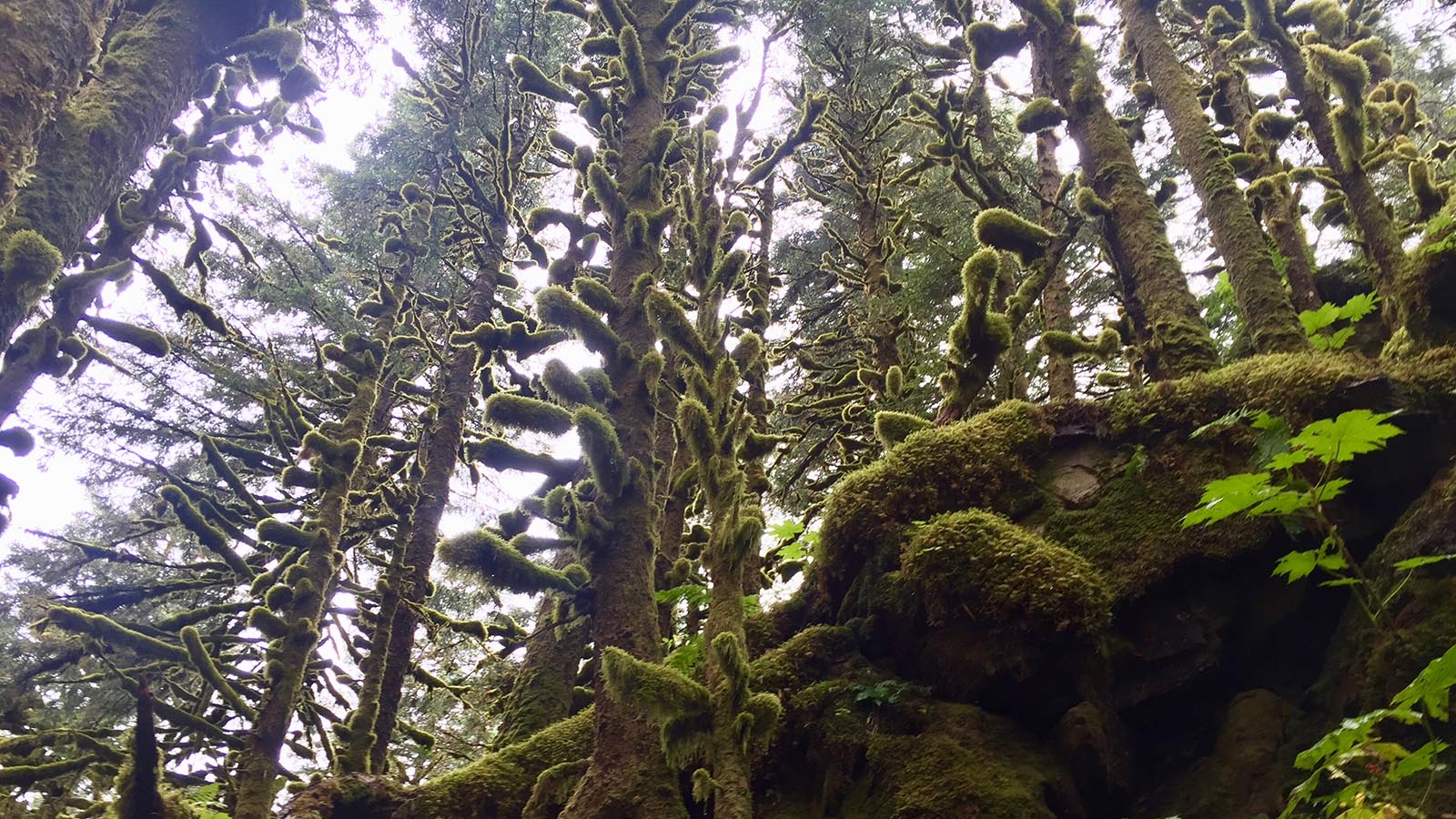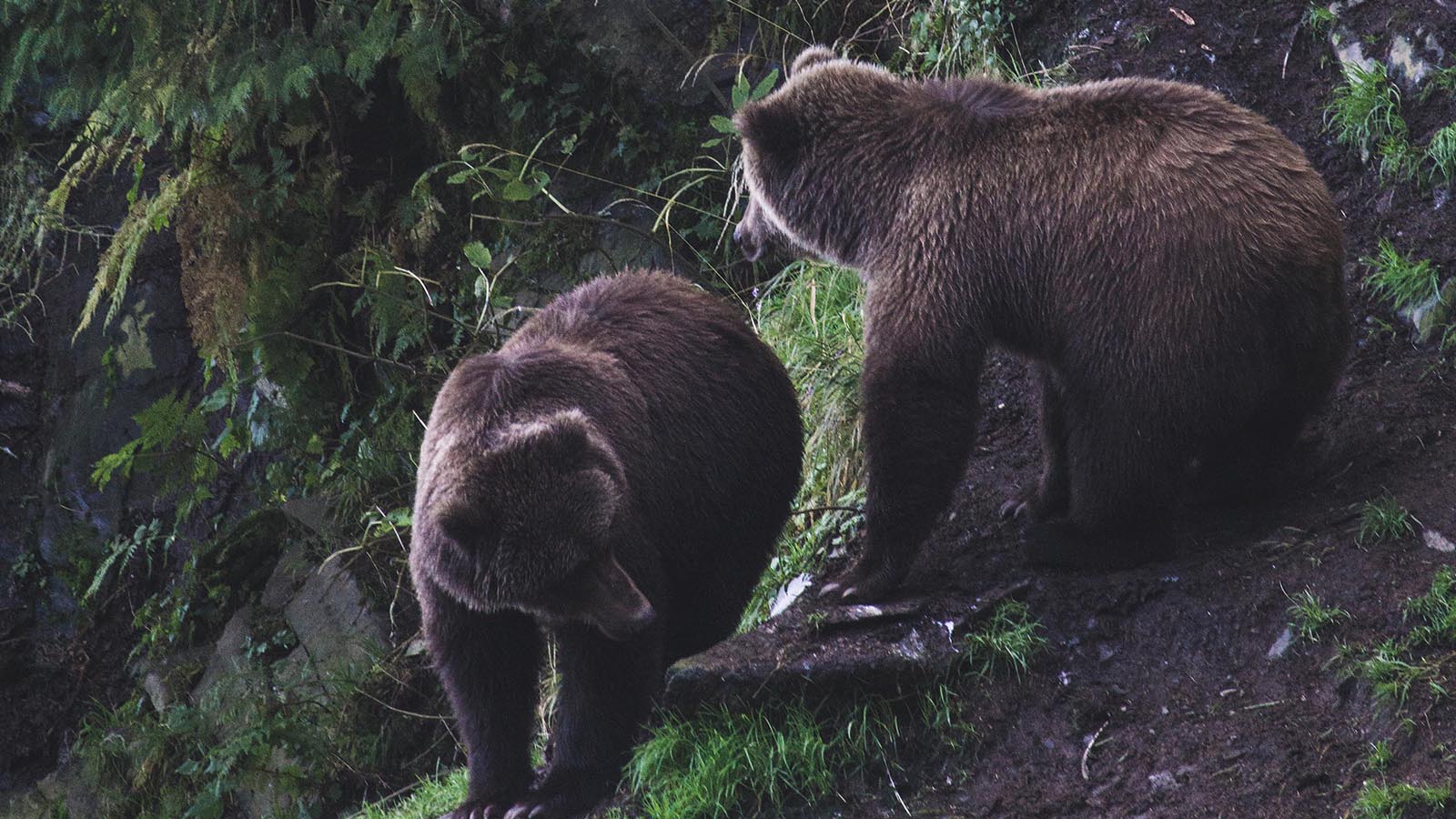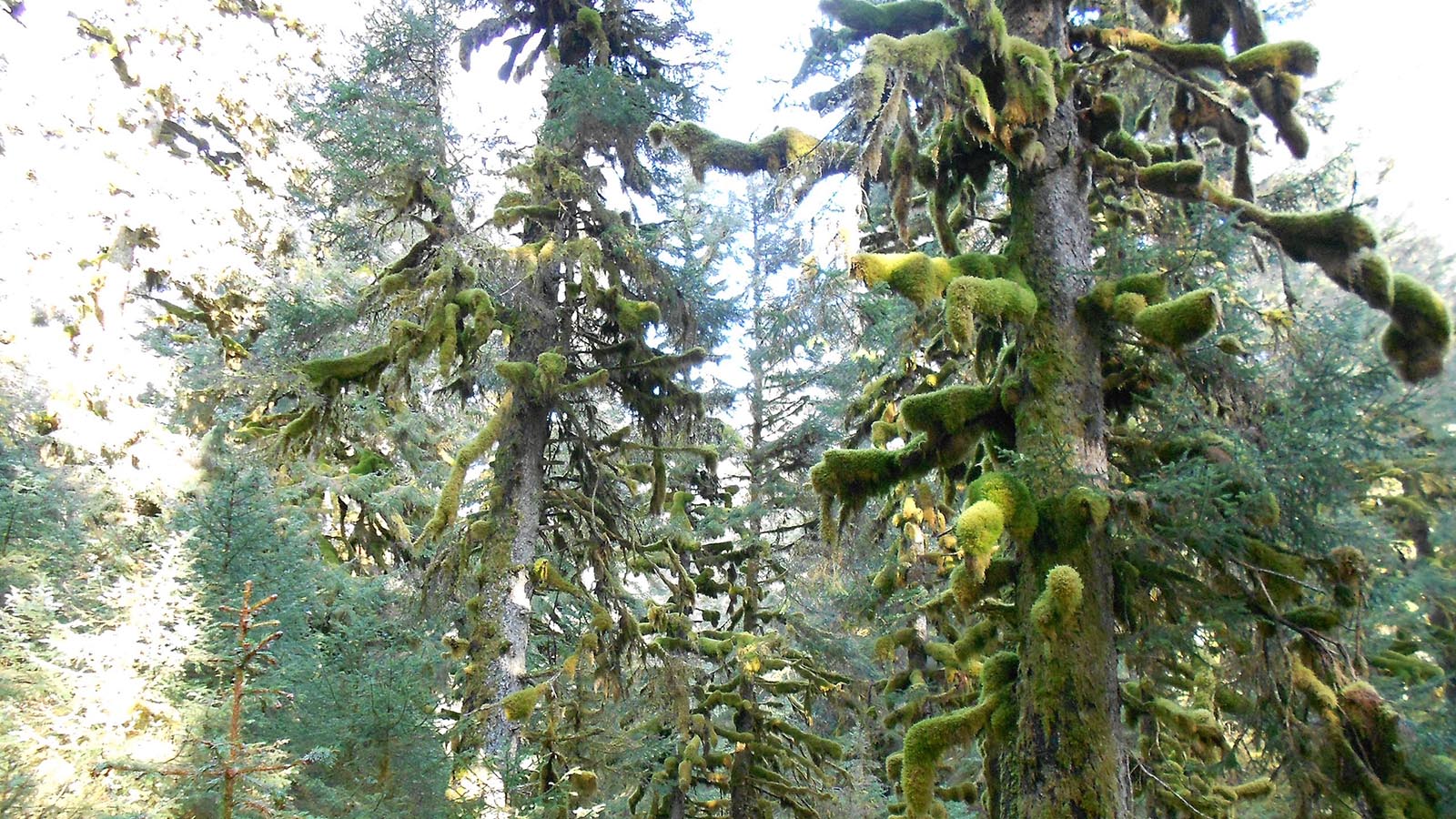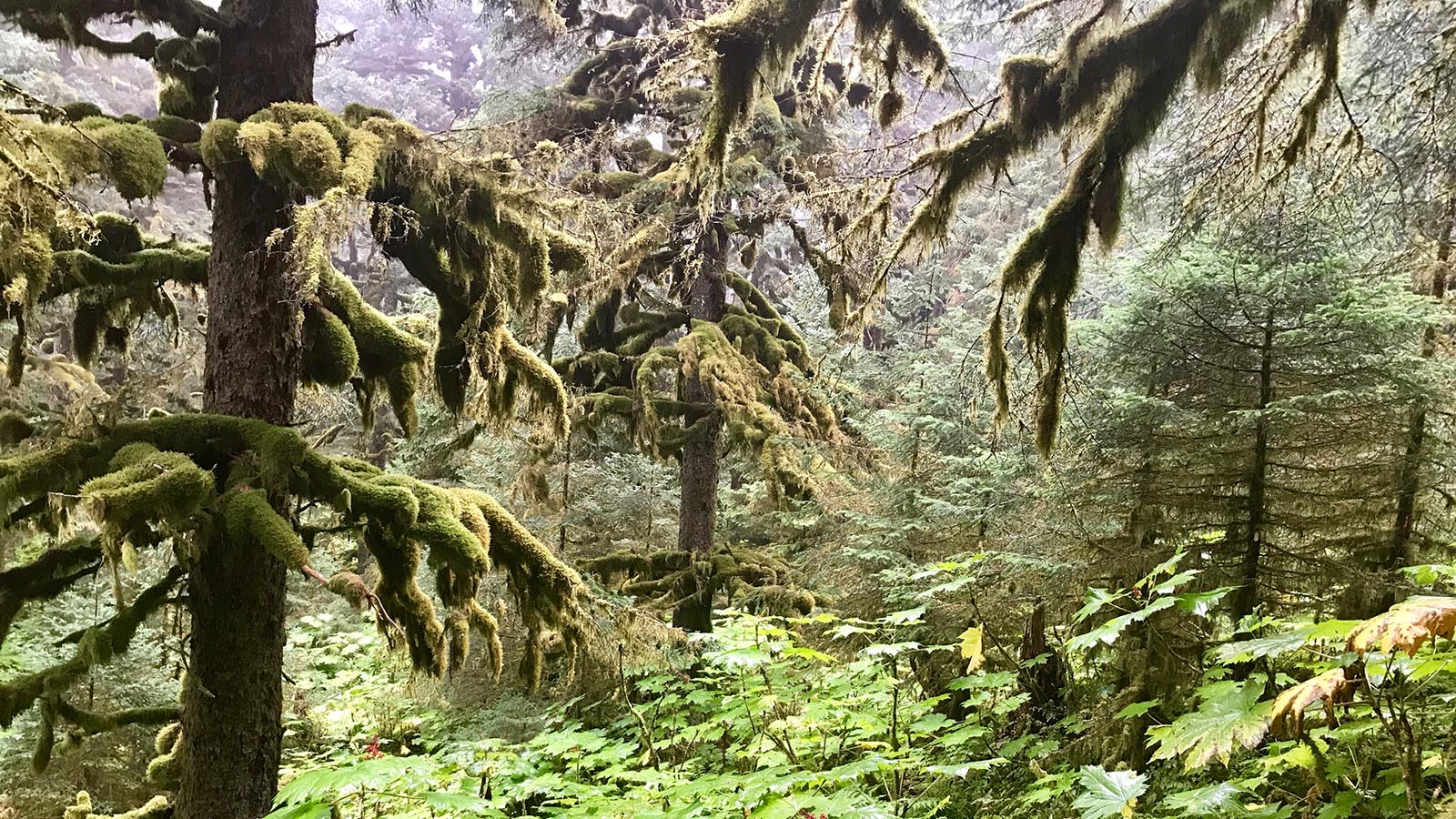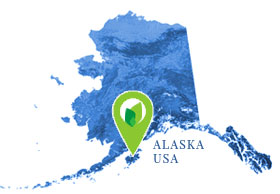
The coastal areas of Afognak Island are home to 200-year old forests, river otters, beavers, martens and ermines. Offshore in the coastal waters, sea lions and harbor seals swim in sight of humpback whales. This pristine environment also has an increasingly important environmental value: the old-growth trees sequester millions of tonnes of carbon dioxide. This creates a new resource opportunity for the forest and habitat based on their environmental benefits.
Afognak Island has retained large tracts of undisturbed native trees (180-250 years old) along with regenerated growth of trees over the past 30 years. Afognak is also home to Alaska’s largest herd of elk. The Afognak Forest Carbon Project represents over a decade’s worth of dedicated efforts by dozens of individuals, in partnership with the Rocky Mountain Elk Foundation and the American Land Conservancy, to conserve a truly unique ecosystem in perpetuity. In 2008, this pioneering effort affected a shift from timber production management to conservation management across the five parcels that constitute the Afognak Project. The Afognak forest carbon project represents the first project of its kind in the state of Alaska.
Kodiak bears and Native peoples co-existed for centuries on the island before the towering Sitka spruce trees first took hold some 800 years ago. The first European laid eyes on Afognak Island in 1741 and Russian fur trappers soon followed. Beginning in the 19th century, Americans were increasingly concerned with the destruction of wildlife and saw value in conservation. Yosemite, Yellowstone and Afognak Island were seen as irreplaceable wilderness worth preserving. Thanks to President Theodore Roosevelt, in 1907, Afognak Island was offically designated as a National Forest. Protecting Native Species Afognak is home to many species endemic to Alaska: Roosevelt Elk, Pacific Salmon, Steelhead, Rainbow Trout, Arctic Char, Dolly Varden, Kodiak Brown Bear, Bald Eagle, Marbled Murrelet, River Otter, Tundra Vole, Sitka-black Tailed Deer, Mountain Goat and Snowshoe Hare. The preservation of natural forest habitat is important for the continued survival of these species. .
Environmental co-benefits include the prevention of land disruption and the greenhouse gas emissions from timber logging. The project restores and protects habitat for native plant, mammal, bird and fish species.
